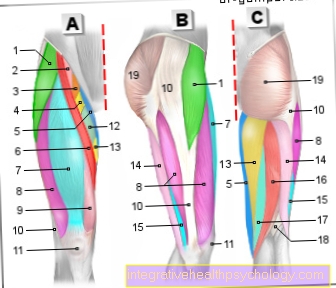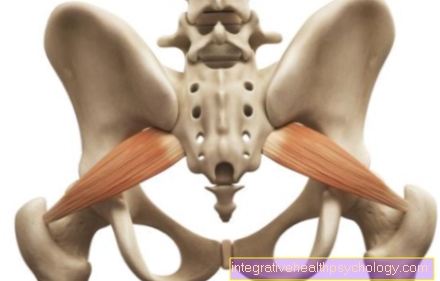Dolphin swimming
definition
Today's dolphin swimming developed in the 1930s when swimmers started breaststroke swimming with their arms moving forward simultaneously over the surface of the water. This arm action was combined with a conventional sternum strike. The resulting combination was and is still used today in the German Swimming Association (DSV) as butterfly swimming. In 1965 the technique of dolphin swimming was shown for the first time in swimming. The simultaneous up and down movement of the legs is similar to a dolphin flapping of the fins.
Competition Regulations
- The body must be kept in the chest position throughout the movement.
- All movements of the feet must be done at the same time.
- After the start and after each turn, the swimmer may not be fully submerged more than 15 meters.
- After the start, the swimmer may perform several leg kicks and one arm pull under water.
- The arms must be moved backwards at the same time underwater.
- At every turn and at the finish, the swimmer must hit with both hands
Motion description
Arm movement
The swimmer dips into the water with both hands at the same time. The extended arms become continuous underwater outward forward (under the body) moves. The trunk is raised slightly. When the arms (underwater) reach shoulder height (double shoulder width), they become turned inwards. The printing phase begins. The elbows are bent more and more, the fingertips point diagonally downwards. The hands approach below the shoulder axis. This is followed by another Outward movement of the arms in the direction Thigh. The body moves over the arms. The movement of the arms thus resembles a long drawn one S. During this phase, the head breaks through the waterline looking downwards. The Elbow and then the hands leave the water. Then the explosive, semicircular one begins Arm swing phase to the starting position. The trunk moves forward downward. Pass the arms Shoulders, the head dips into the water.
Leg movement
During an arm pull cycle, two whip-like leg movements occur. The first leg kick occurs with the Dipping hands, and the second with the end of the Outward action of the arms. They resemble the fin movement of dolphins. The coordination between thighs, lower legs and feet is important here. The movements must follow one another in time so that a rhythmic movement takes place. The movement must be relaxed and relaxed.
The decisive factor in dolphin swimming is the undulating movement of the swimmer. (Arms, head, torso, thighs, lower legs and feet are moved one after the other on a wave-like path).
A detailed description of the movement can be found under Description of movement dolphin swimming
Typical mistakes
- After immersion, the hands are not moved in an S-shape, but directly downwards under the body. This shortens the way to work and the movement must be carried out faster with a higher frequency.
- The hands cut the water, so the abutment cannot be built up optimally and the forward movement is slower.
- The torso is lifted too early, so the impulse of the 2nd leg kick acts upwards and not forwards.
- Head and line of sight are directed forward and not downward while breathing, so there is no undulating movement of the body.
- The leg kick is not coordinated in terms of time, as a result the muscles cramp and the lifting of the upper body is significantly weaker.
- The second leg movement occurs too early, which means that the upper body cannot be lifted out of the water enough.
- Break after the cycle, this interrupts the overall movement and worsens the wave movement of the body






















.jpg)






